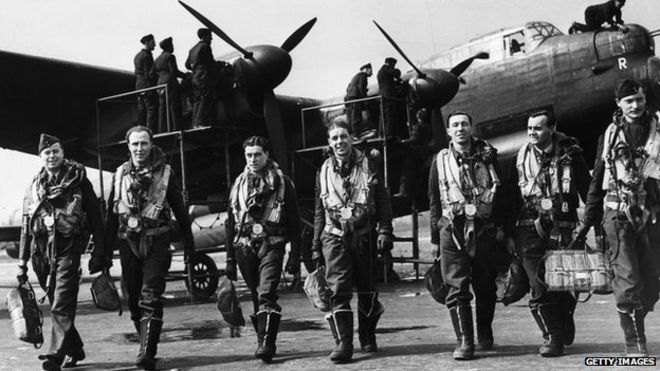

The action had to occur between Decemand September 2, 1945. The United States Air Force (USAF) counted World War II aerial victory credits only for USAAF flyers, or Allied aviators who belonged to USAAF units. Air Force historians later integrated these victory records into a single list following a carefully prepared set of criteria. If a formation shot down an enemy airplane, witnesses could not determine exactly which bomber, much less which gunner, destroyed the airplane.īecause no single list of USAAF victory credits could be prepared during or at the end of World War II, many different lists, each compiled according to rules adopted in a theater or by a numbered air force, remained after the fighting ended. The average bomber had ten machine guns and six gunnery positions, and the average bomber formation contained many aircraft. Gunners on bombers such as B-17 Flying Fortresses and B-24 Liberators destroyed enormous numbers of enemy aircraft, but the Army Air Forces quickly abandoned the attempt to systematically award aerial victory credits to them. Thus, two or three credits were sometimes recorded for the destruction of a single enemy airplane, and an accurate number of aircraft destroyed cannot be obtained by simply adding victory credits.
WW2 BOMBER CREW LOSSES FULL
Each member of a night fighter crew earned one full credit for each enemy aircraft his crew destroyed. For example, if two fighter pilots destroyed an enemy aircraft, each of them earned half a credit (.50). Army Air Forces (USAAF) usually divided credit among them in accordance with the British system in World War I. When two or more of its fighter pilots shared an aerial victory, the U.S. Individual fighter pilots in single-seat aircraft earned almost all of the World War II aerial victory credits that were awarded during World War II. From Strategy for Defeat: The Luftwaffe 1933-1945 table LX it looks like about 1/3 of the fighters in June of 44 were deployed against the Soviets and only a total of 1,375 which makes the loss of ~3,500 in the next 9 months rather problematic. Even if this number is doubled in the period form July 1944 to the end of the war you only have ~7,000 German fighters lost in that period where US claims alone are ~14,000.

If we restrict ourselves to 19 when USAAF started having significant impact then the Germasn lost ~3,600 fighters but that includes losses to British and Soviet planes as well as AA fire. Unfortunatly it only goes through june of 1944 but during that period from May 1940 to June 1944 the Germans lost ~6,000 fighters in combat. This is addessed to some extent at: American versus British Requirements for Fighter Claims Some units were almost spot on and occasionally even underclaimed where others tended to overclaim by margins well over the 2:1 ratio often mentioned. When I've seen this discussed previously it's been noted for both British and German fighter claims the accuracy varied over time and unit. One has to be very careful about using single examples to prove points like this though. Two of the claim forms are attached.Ĭlick to expand.The ratios I gave are ones often accepted for "claims" so the vetting process would of course mean those numbers are closer to correct. The claims had to be corroborated by others and in many cases were corroborated by other aircraft. Total claims became 3 destroyed and 1 damaged. Two of the claims were determined by the intelligence officers to be the same aircraft, so joint credit was given the two gunners. One claim was for “damaged”, and 4 for “destroyed”. The particular B-24 group for which I have records reported attacks by 50-60 enemy aircraft and had 5 gunners submit claims. Assuming most of the missing were lost, the combined HB and fighters overclaimed on the order of 3:1. Per Josef Schmid’s work, the GAF put up 101 fighters in opposition, losing 22 with 8 missing. So, this was a fairly intense air battle in the target area. Per the Combat Chronology, the 15th sent up 829 losing 23 aircraft while being opposed by 150 fighters and claiming a combined 60 aircraft by fighters and the heavies. I’ll use the 29 May 44 15th AF mission to Wiener Neustadt as an example. Did they overclaim? Sure, but I don’t believe they overclaimed wildly. They were firing tracer and had a reasonably good idea if their shells were hitting the target. The gunners were not undisciplined rogues. However, my experience looking at the claims by B-24 gunners in the mission folders does not support that notion. The notion that “every gunner who fired on him would likely claim a kill” is one of those lines that has been repeated so often that it has become “fact”. Click to expand.I personally believe 10:1 is way out of line.


 0 kommentar(er)
0 kommentar(er)
